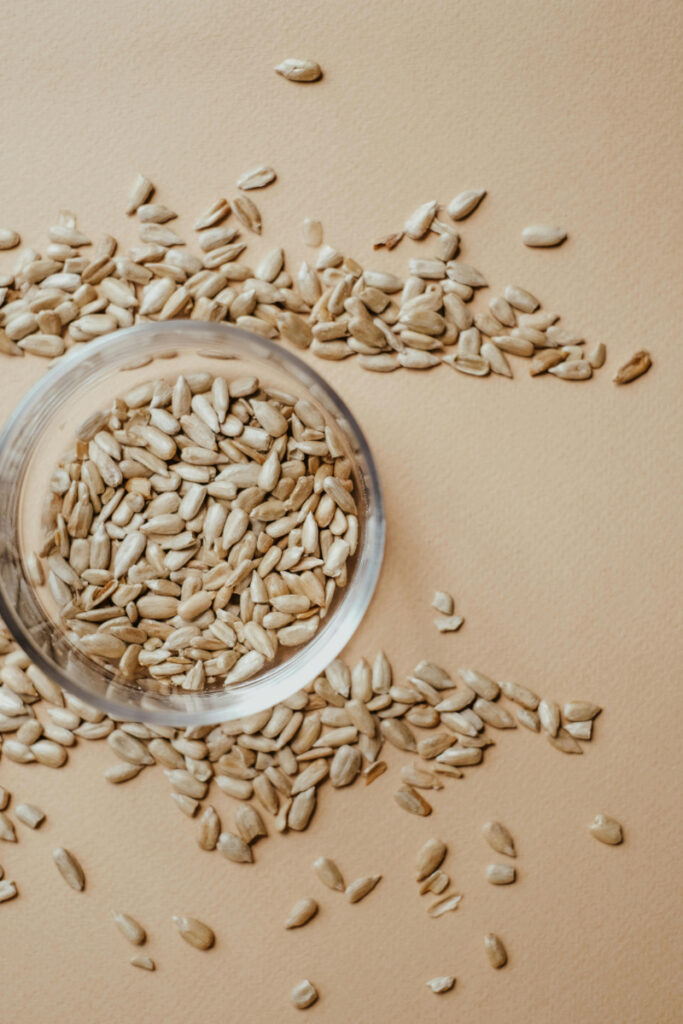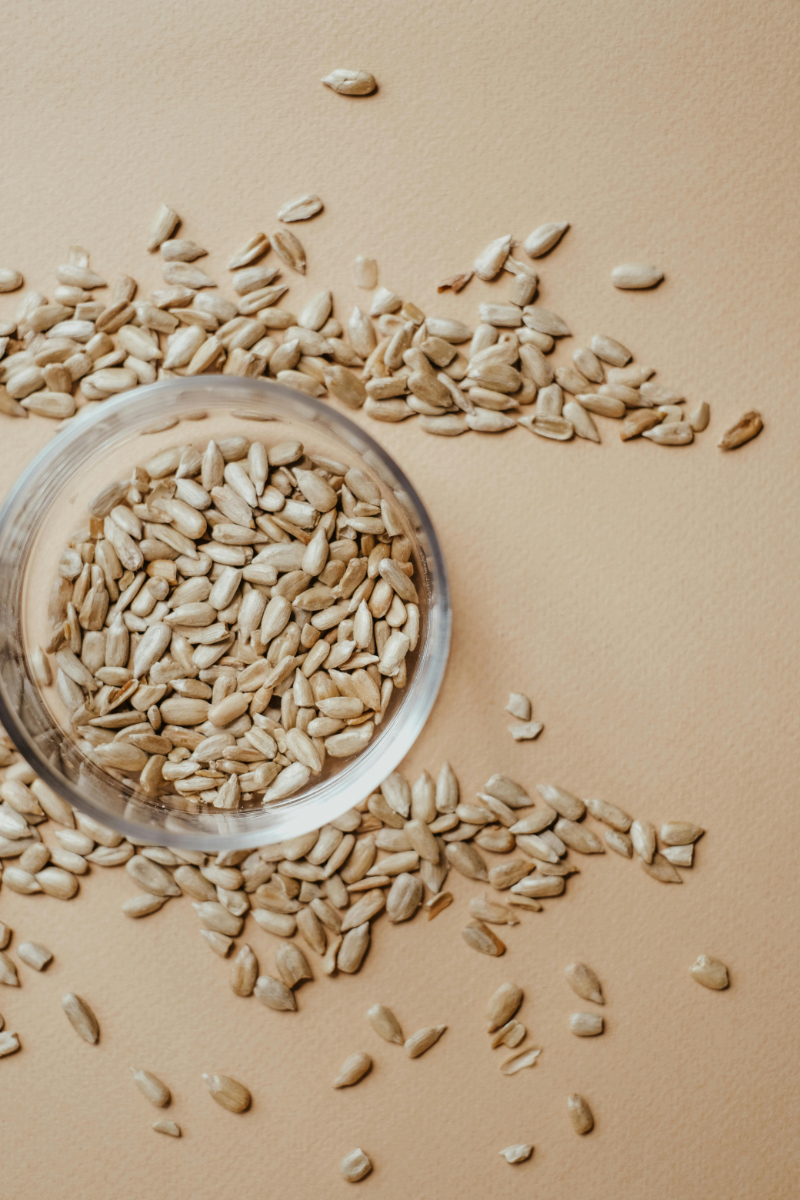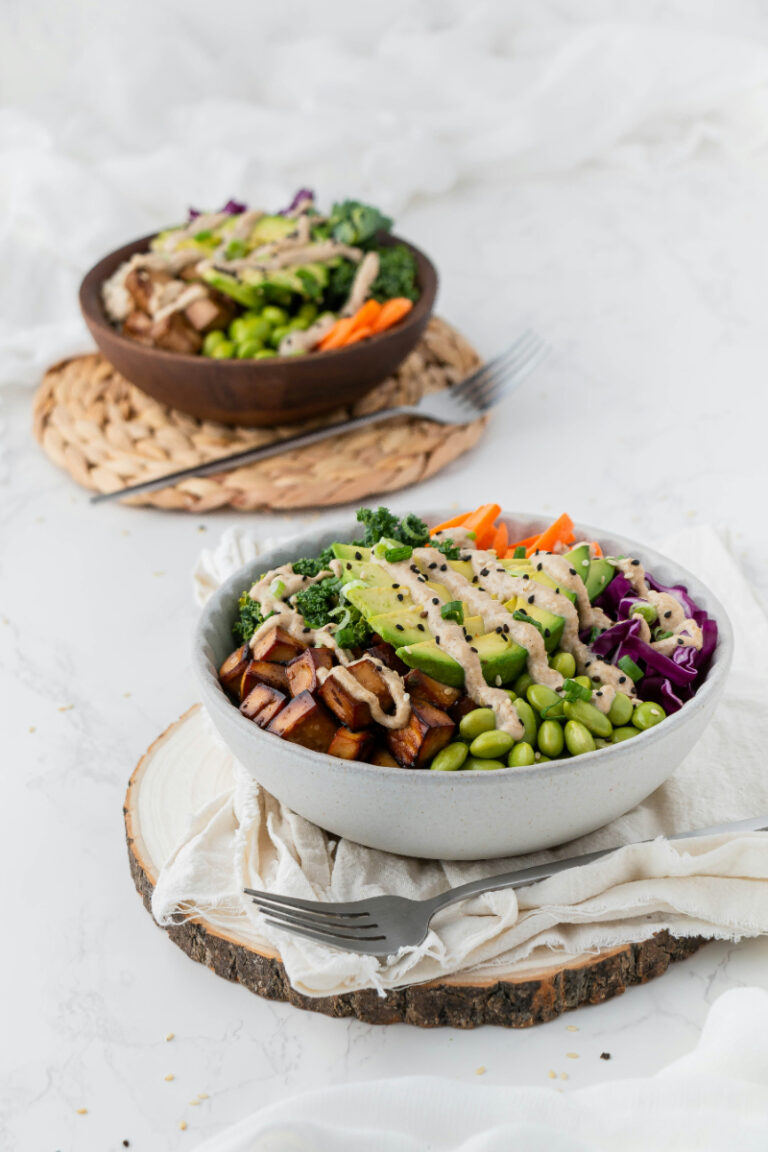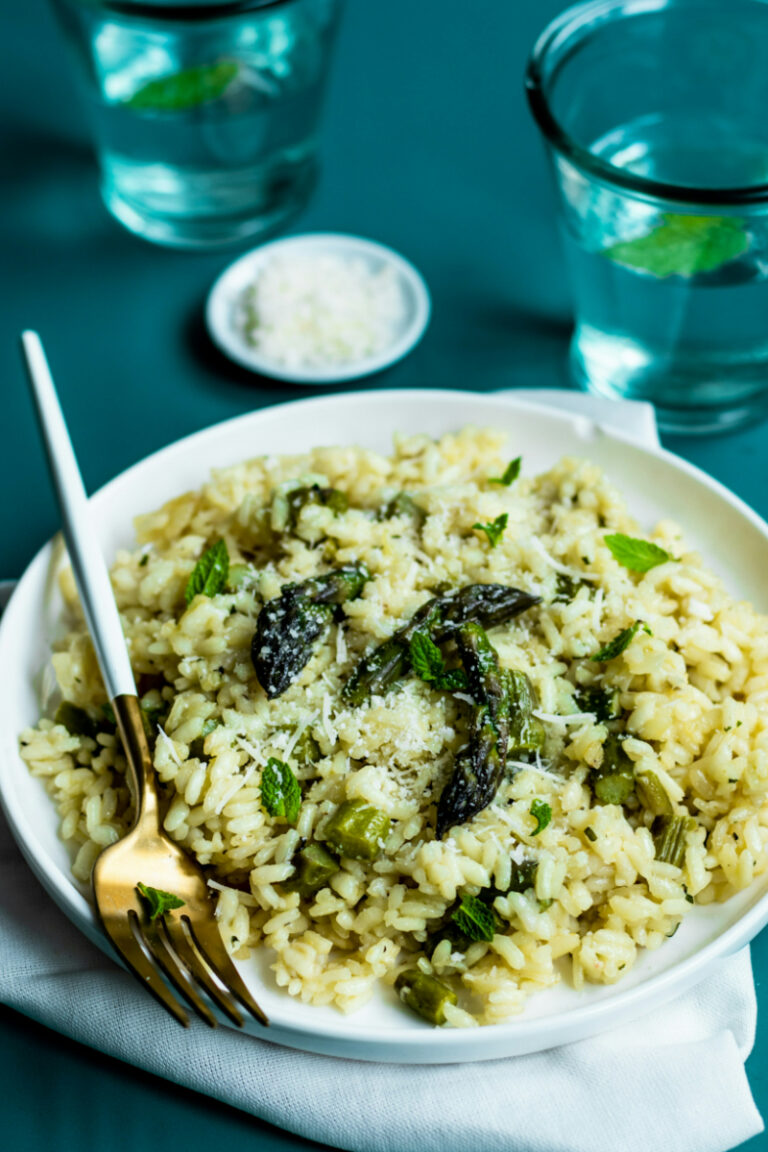Cauliflower Rice vs Brown Rice: Which is the Healthier Option?
Are you trying to decide between cauliflower rice and brown rice? Both are popular options for those looking to eat healthier, but they have some key differences. Cauliflower rice has risen in popularity as a low-carb and low-calorie alternative to traditional rice, while brown rice is often touted as a nutrient-dense whole grain option.
Cauliflower rice is made by grating or processing cauliflower into small, rice-like pieces. It is a great option for those on a low-carb or keto diet, as it is significantly lower in carbs than brown rice. On the other hand, brown rice is a whole grain that contains more fiber and nutrients than its white rice counterpart. It is a good source of magnesium, phosphorus, and selenium, and has been linked to a reduced risk of heart disease, type 2 diabetes, and certain cancers.
Ultimately, the choice between cauliflower rice and brown rice depends on your personal health goals and dietary needs. In the following sections, we will explore the differences between these two rice options in more detail to help you make an informed decision.

Nutritional Comparison
When it comes to choosing between cauliflower rice and brown rice, it’s important to consider their nutritional content. Both types of rice have different nutritional profiles, and your choice may depend on your dietary needs and preferences.
Caloric Content
One of the most significant differences between cauliflower rice and brown rice is their caloric content. Cauliflower rice is much lower in calories than brown rice. One cup of cooked cauliflower rice contains only 25 calories, while one cup of cooked brown rice contains 218 calories. If you’re looking to reduce your calorie intake, cauliflower rice may be a better option for you.
Macronutrient Profile
Cauliflower rice and brown rice also differ in their macronutrient profiles. Brown rice is higher in carbohydrates and protein than cauliflower rice. One cup of cooked brown rice contains 45 grams of carbohydrates and 5 grams of protein, while one cup of cooked cauliflower rice contains only 5 grams of carbohydrates and 2 grams of protein. However, cauliflower rice is higher in dietary fiber than brown rice. One cup of cooked cauliflower rice contains 3 grams of fiber, while one cup of cooked brown rice contains only 2 grams of fiber.
Vitamins and Minerals
Both cauliflower rice and brown rice are good sources of vitamins and minerals. However, they differ in their nutrient content. Cauliflower rice is higher in vitamin C and vitamin K than brown rice. One cup of cooked cauliflower rice contains 77% of the daily value (DV) for vitamin C and 20% of the DV for vitamin K, while one cup of cooked brown rice contains only 2% of the DV for vitamin C and 1% of the DV for vitamin K. Brown rice is higher in manganese and selenium than cauliflower rice. One cup of cooked brown rice contains 88% of the DV for manganese and 27% of the DV for selenium, while one cup of cooked cauliflower rice contains only 2% of the DV for manganese and 1% of the DV for selenium.
Health Benefits
When it comes to health benefits, both cauliflower rice and brown rice have their own unique advantages. Here are some of the benefits you can get from each.
Weight Management
If you’re trying to lose weight or maintain a healthy weight, cauliflower rice is a great option. It’s low in calories and carbohydrates, which means you can eat more of it without consuming too many calories. A cup of cooked brown rice typically contains around 215 calories and 45 grams of carbohydrates, while a cup of cauliflower rice has only about 25 calories and 5 grams of carbohydrates. This makes cauliflower rice a great choice for those on a low-carb diet such as keto.
Blood Sugar Control
If you’re concerned about controlling your blood sugar levels, brown rice may be the better choice. Brown rice has a lower glycemic index than cauliflower rice, which means it won’t cause a rapid spike in your blood sugar levels. This is because brown rice is a whole grain that contains fiber, which slows down the release of glucose into your bloodstream. On the other hand, cauliflower rice has a higher glycemic index, which means it can cause a more rapid increase in blood sugar levels.
Digestive Health
Both cauliflower rice and brown rice are good sources of fiber, which is important for digestive health. Fiber helps to keep your digestive system running smoothly and can also help to lower your risk of certain diseases such as heart disease and colon cancer. However, brown rice contains more fiber than cauliflower rice. A cup of cooked brown rice contains about 3.5 grams of fiber, while a cup of cauliflower rice contains only about 2 grams of fiber.

Culinary Uses
When it comes to culinary uses, both cauliflower rice and brown rice have their own unique properties that make them suitable for different recipes.
Texture and Flavor
Cauliflower rice has a slightly nutty and mild flavor, which makes it a versatile ingredient in many recipes. It has a light and fluffy texture that resembles couscous, making it a great substitute for rice in dishes like stir-fries, salads, and curries. On the other hand, brown rice has a chewy texture and a nutty flavor that complements many dishes, especially those with bold flavors like stews, casseroles, and pilafs.
Versatility in Recipes
Cauliflower rice is a great option for those who want to reduce their carbohydrate intake or follow a low-carb diet. It can be used in a variety of recipes, from cauliflower fried rice to cauliflower pizza crust. It can also be used as a base for grain-free bowls, stuffed vegetables, and even as a substitute for mashed potatoes. Brown rice, on the other hand, is a staple in many cuisines and can be used in a wide range of recipes, including sushi, risotto, and rice pudding. It can also be used as a side dish for grilled meats, roasted vegetables, and sautéed mushrooms.
In conclusion, both cauliflower rice and brown rice have their own unique culinary uses. While cauliflower rice is a great low-carb alternative to rice, brown rice is a versatile ingredient that can be used in a variety of dishes. Depending on the recipe and your dietary needs, you can choose the one that best suits your taste and preferences.
Environmental and Economic Considerations
When it comes to choosing between cauliflower rice and brown rice, there are several environmental and economic factors to consider.
Environmental Impact
Cauliflower rice is often touted as an environmentally friendly alternative to brown rice. This is because cauliflower requires less water and fertilizer to grow than rice. According to a study published in the journal Frontiers in Sustainable Food Systems, rice production is responsible for significant greenhouse gas emissions, making it a major contributor to climate change. By contrast, cauliflower production has a lower environmental impact.
Economic Considerations
The cost of cauliflower rice is generally higher than that of brown rice. This is because cauliflower is more expensive to produce and requires more labor to prepare. Brown rice, on the other hand, is a staple food in many cultures and is often more affordable.
In addition, the price of rice can be affected by factors such as weather conditions, transportation costs, and trade policies. This can make it difficult to predict the cost of rice over time. By contrast, the price of cauliflower rice is generally more stable.
Overall, when considering the environmental and economic factors, both cauliflower rice and brown rice have their advantages and disadvantages. It is up to you to decide which option is best for you based on your personal preferences and values.






